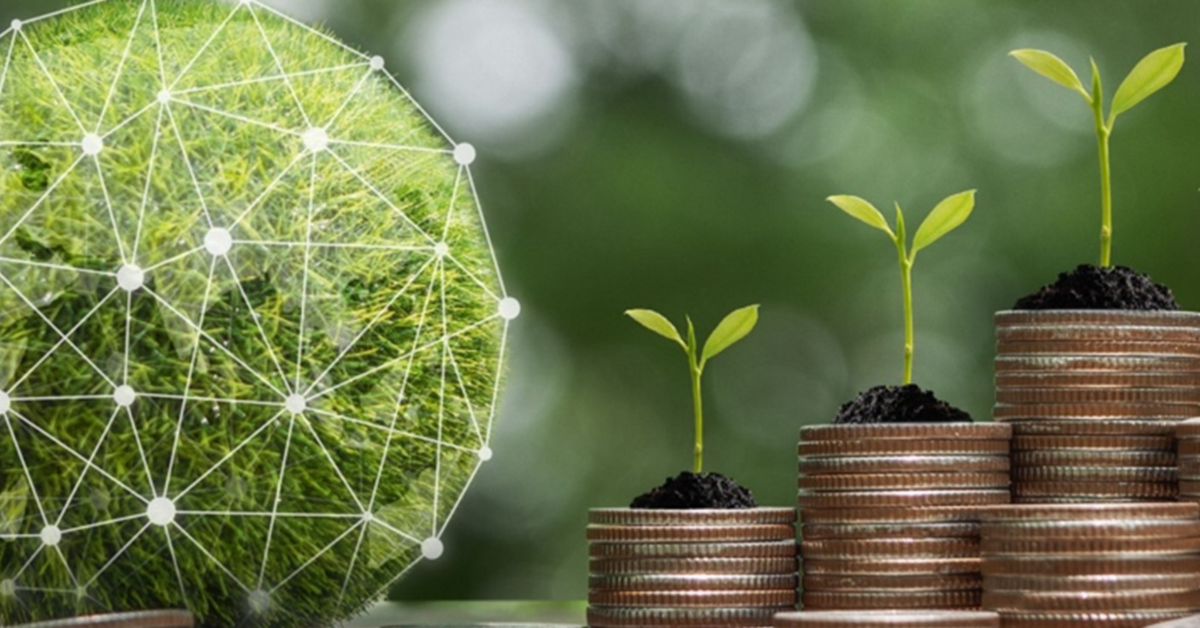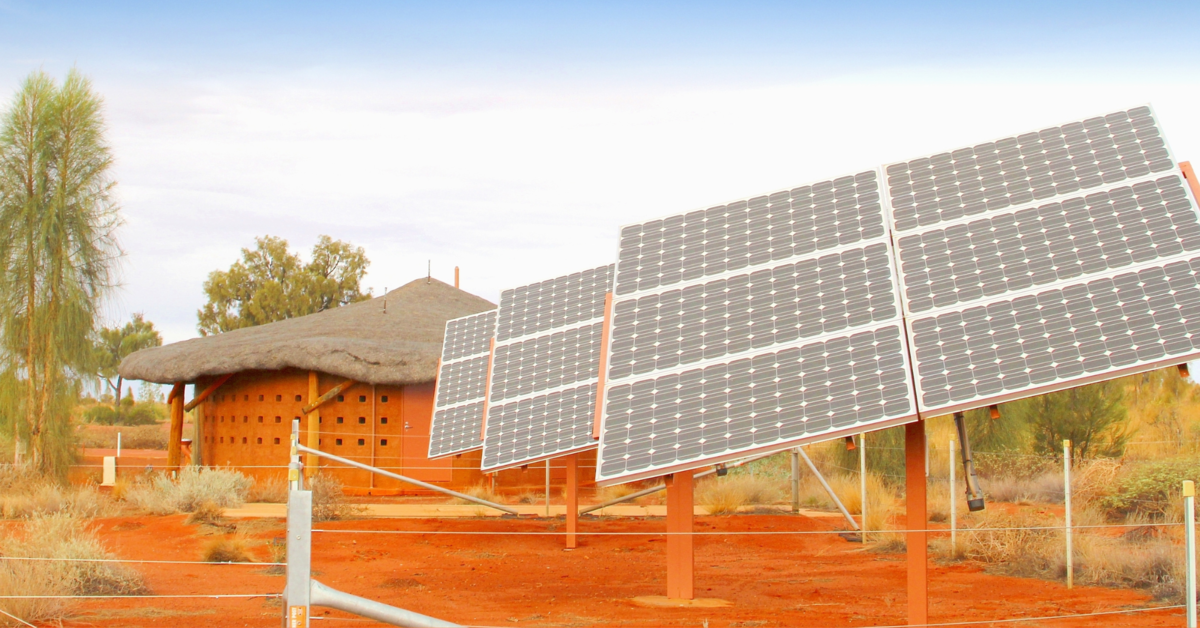How Critical Minerals Factor into the Green Transition
At A Glance
- The green transition rests on secure access to a range of critical minerals, which are typically highly concentrated in a handful of countries.
- The pricing of critical minerals also depend on highly cyclical markets with strong supply and demand imbalances.
- Mining operations are likely to be further taxed in the years to come, while resources nationalism could add to price pressures on critical materials.
- Overdependence on a limited number of suppliers could be mitigated by introducing more flexibility both in trade agreements and through domestic measures.
The advent of “electrostates” could usher in new energy geopolitics
Renewable energy systems require more critical minerals than their fossil fuel-based counterparts, according to a new report from the International Institute for Sustainable Development. A typical electric car, for example, requires six times the mineral inputs of a conventional car, and an onshore wind plant requires nine times more mineral resources than a gas-fired plant. Batteries, electric vehicles (EV), solar panels, windfarms, and transmission lines will all require vast volumes of critical minerals—cobalt, lithium, graphite, nickel, manganese, and rare earths.
Similar to global dependence on “petrostates,” the control of these essential minerals by a handful of “electrostates” means that the green energy transition could lead to new dependencies and energy geopolitics. As International Energy Agency Director Fatih Birol said: “Today it is about [reducing dependency on] Russian natural gas, tomorrow it might be around sourcing lithium for the production of batteries.”
While clean energy investments have been driven, in part, by efforts to meet Paris Agreement commitments, the emergence of clean energy sources have also brought with them a false sense of energy independence. With renewable energy installations that used locally abundant wind and sun as feedstock—as opposed to imported hydrocarbons—it was thought economies could shield themselves from geopolitical upheavals, as seen with the need to rapidly disengage from Russian supply of fossil fuels in the wake of the war in Ukraine or, more generally, to reduce dependence on OPEC mandated oil price fluctuations.
For some metals, however, the dependence on a handful of supplying countries is far greater than it was for fossil fuels—which is likely to substantially increase geopolitical bargaining power for those countries that hold these sources. More than 70% of cobalt, for instance, was sourced from the Democratic Republic of Congo alone in 2022. Ninety percent of global lithium production is concentrated in just three countries—Australia, Chile and China—and China alone controls 56% of lithium processing capacity globally. Similarly, graphite reserves are highly concentrated in Turkey, Brazil, and China, with China controlling virtually the entire supply chain. Sixty percent of all rare earths hail from China.
Export controls introduced by China in early July 2023 on gallium and germanium constitute a warning shot. Competition for these critical minerals, therefore, is likely to be fierce as countries scramble to secure resources for the necessary transition.
The clean energy transition relies on cyclical minerals markets
Critical minerals are not only subject to the economics and geopolitics of concentrated supplies but also to highly cyclical markets with strong supply and demand imbalances. The latest market trends for some of these critical materials are as follows:
- Lithium is an indispensable mineral for power storage—from EV batteries to renewable power stations. With demand for EVs now decreasing due to slowing economic outlook—particularly in China, where it fell by a third in the first quarter of 2023—world lithium prices have also dropped recently. Nonetheless, average first-quarter prices are still eight times higher than they were in 2021. In order to meet expected demand, the World Economic Forum estimates that production must triple by 2025 and increase nearly sixfold by 2030.
- Cobalt is a crucial material for batteries and personal electronics. The consumer electronics boom during the Covid pandemic was a key driver of cobalt demand—which fell again after the pandemic subsided. Supply also rose sharply, particularly in DR Congo and Indonesia—leading to a substantial price fall from USD 82,000 per ton to USD 35,000 per ton in less than one year. According to The Economist, cobalt should not be a bottleneck in the transition, at least in the short term.
- Graphite is an essential component in anodes—a type of electrode used in rechargeable lithium-ion batteries for EVs and for general energy storage beyond green technologies, such as in smartphones and laptops. Demand is expected to triple by 2030.
- Nickel is an essential catalyst in the electrolysis process to produce green hydrogen. It is a major component in many fuel cells that are required to convert hydrogen in electricity and heat, with applications in vehicles and power generation, and it is also increasingly used in lithium-ion batteries and in boosting the efficiency of wind turbines. Demand for nickel is driven by growth in both the EV and steel markets and is expected to rise, but with strong capacity increases, particularly in Indonesia, prices have fallen.
- Manganese is widely used in solar and wind farm construction due to large steel inputs. Manganese is a purifying agent in iron-ore refining and an alloy that converts iron into steel. Manganese is also used in lithium-ion batteries for EVs, becoming a likely major driver for future demand. The manganese market is expected to grow steadily at 3% per year through 2030.
Shortages of raw materials and resulting price uncertainties constitute clear threats to a smooth green transition.
Policy makers look at the future of resources taxation
Resources-rich countries have been struggling to find ways to keep a larger share of the profits generated through the green transition. Raw materials are often exported without being processed locally. Typically, domestic regulatory frameworks governing the extractive industry in developing countries are weak, and host countries need to manage the implications of recently achieved progress on global tax co-operation under the OECD framework for minimum global taxation levels.
In order to encourage increased fiscal incomes in countries where mining operations take place, the Intergovernmental Forum on Mining, Minerals, Metals and Sustainable Development (IGF), which groups more than 80 member countries, was established. It seeks to promote effective laws, policies, and regulations in the mining sector. The IGF organized the Global Conference on the Future of Resource Taxation in Lusaka in June 2023 to look at how to improve fiscal revenues from the critical role minerals play in green value chains and to maintain a higher share of added value creation in country. Mining operations are likely to be further taxed in the years to come leading to additional price pressures on critical materials.
As resources nationalism is increasing, supply security could be affected
Nationalization of—or sudden high levies on—mining companies is already increasing as resources-rich countries see their critical minerals as a means to exert more geopolitical influence.
This trend is notably present in Latin America, which accounts for two-fifth of the world’s copper, a quarter of its nickel, and over half of its lithium reserves. Chile announced in April 2023 that it intended to create a national lithium company—which would require mining companies to create joint ventures, with the national company retaining a controlling stake. Argentina, Bolivia, Brazil and Chile are even considering creating a lithium oligopoly to control global prices. Mexico also recently changed its mining code, substantially reducing the duration of mining concessions. Export controls on some minerals could further drive up prices.
Taking into account both economic and geopolitical risks will be key in ensuring a smooth green transition. Strategic reserves in fossil fuels which were set up by industrialized countries after the 1970s oil shocks would need to be expanded to include strategic minerals as well to ensure supply security.
More supply flexibility, however, could be achieved
Overdependence on a limited number of suppliers could be mitigated by introducing more flexibility both in international trade and through domestic measures.
Australia—which accounts for the world’s second largest lithium, copper, nickel, cobalt and manganese reserves—seeks to sign a free trade agreement with the EU in order to facilitate investments in the sector. Despite efforts, the agreement is hitting hurdles due to disagreements on rules of origin for agricultural products.
The EU’s Critical Raw Materials Act seeks to ensure “secure and sustainable supply chains for EU’s green and digital future.” For instance, while Europe accounts for less than 1% of global lithium supply, the Act should result in much more lithium procurement (and all critical minerals in Europe) by smoothing the permitting process for mining. A first example is the approval by Portuguese authorities of the continent’s first large-scale lithium mines.
In the US, the Inflation Reduction Act (IRA) builds in a commitment to increase the domestic supply of minerals to support the transition to electric vehicles, batteries, and renewable power. Primary measures to incentivize domestic production of minerals are covered by the “clean vehicle tax credits” and the “advanced manufacturing production credit” provisions under the IRA. The IRA also foresees USD 500 million to strengthen the US supply chain for critical minerals under the “Enhanced Use of Defense Production Act” (DPA).
Governments in most OECD countries are committed to the green transition. To that end, they have introduced not only emissions reductions objectives and standards, but also incentives to shift investments towards the green economy. Access and affordability of the critical minerals required for the transition, however, may constitute bottlenecks for businesses. Businesses could also become hostages to geopolitical pressures that could jeopardize the seamless functioning of global value chains. Hedging these risks will be key for both governments and businesses alike.



